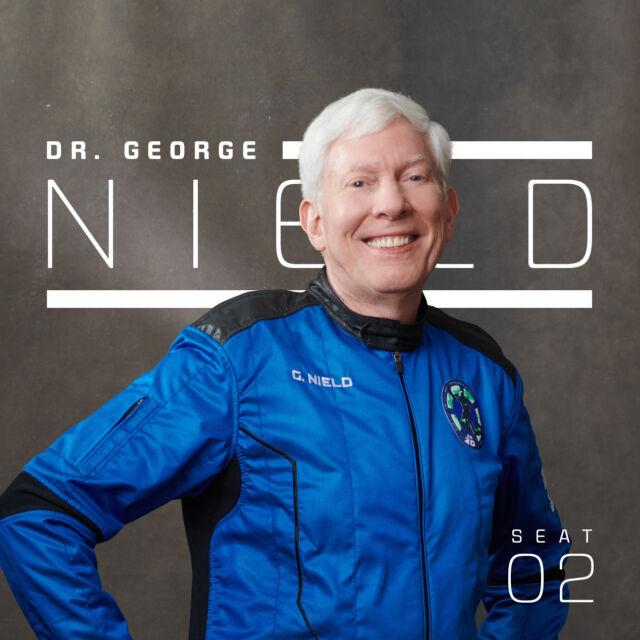
Nield wants to see a middle ground between the arguments put forward by the commercial space industry that there's just not enough data to inform smart regulations and those at the other extreme who say private space companies can't be trusted with passenger safety.
“A challenge is to strike the right balance here," he said. "We definitely want industry to have the freedom and flexibility to innovate and to try new ways of doing business, to incorporate new technologies. If you try to tell folks exactly how to do stuff, then you're going to get to limit their freedom to try new things. We don't want to do that. If we try to lock down designs and operational procedures right now, then we're never going to improve our current record of human spaceflight safety."
US human spaceflight missions have, to date, about a 1 percent fatal accident rate (four of around 400 crew missions have resulted in fatalities). That wouldn't be acceptable for commercial air travel.
"So we have a lot of room for improvement, and we need to try new things and figure out what's important, what's not, what works, what doesn’t. But you don't want to lock down the design and say you’ve got to have three parachutes, you’ve got to have wings this big," Nield said. "Instead, let's try and take that up a notch and talk about the processes, dissimilar redundancy, and how can you ensure that you’re going to have breathable air for the folks on-board, and what do you do if there’s an engine failure."
Requiring an in-flight abort or glide capability would make sense in the event of an engine failure, Nield said. That's something commercial space companies have already developed.
Voluntary industry standards could be an intermediate step in the regulatory framework for commercial human spaceflight, but that requires greater transparency between companies that, in the end, are competitors. The companies consider many details about their technology proprietary.
"You don’t have to necessarily make them mandatory," Nield said. "Industry, frankly, is probably the experts in their designs right now. Nobody in the government is going to know better than they do where the vulnerabilities are, where the opportunities are, where the uncertainties are. Let’s help them take on the responsibility of trying new things and learning from our experience in order to continuously improve the safety.”
If the voluntary industry guidelines were published and companies publicly disclosed how they would meet those standards, the human spaceflight providers could use them to show customers and federal regulators that they take safety seriously.
“It ought to be a badge of honor that says, 'Hey, we've gotten together with the government, industry, academia, and come up with what we think are some appropriate common-sense standards and approaches in order to maximize the safety, and we follow those. And here's how we do that,'" Nield said.
What Nield wants to avoid is an environment where a fatal accident triggers a reactive regulation from the FAA. He drew a comparison with the implosion of the commercial Titan submersible last month on an expedition to visit the wreck of the Titanic, killing all five people aboard. While there are major differences in the designs of deep-sea submersibles and space vehicles, both need to withstand extreme environments. And the ticket prices are similar for a wealthy adventurer seeking to travel to space or the deep ocean.
"My fear is that if an accident happens in the near term, then it may cause a lot of interest and attention in the same way that the submersible mishap did recently with the Titan on the way to the Titanic, that people will all of a sudden express shock and dismay—'Oh, my goodness! How did that happen? We have to make sure that that never happens again. FAA, you need to put out some regulations within 60 days,'" Nield said.
"My view of that is, rushed regulations are bad regulations. Let's take our time, but let's get started and see what we can come up with in terms of an overall framework.”
reader comments
150 with